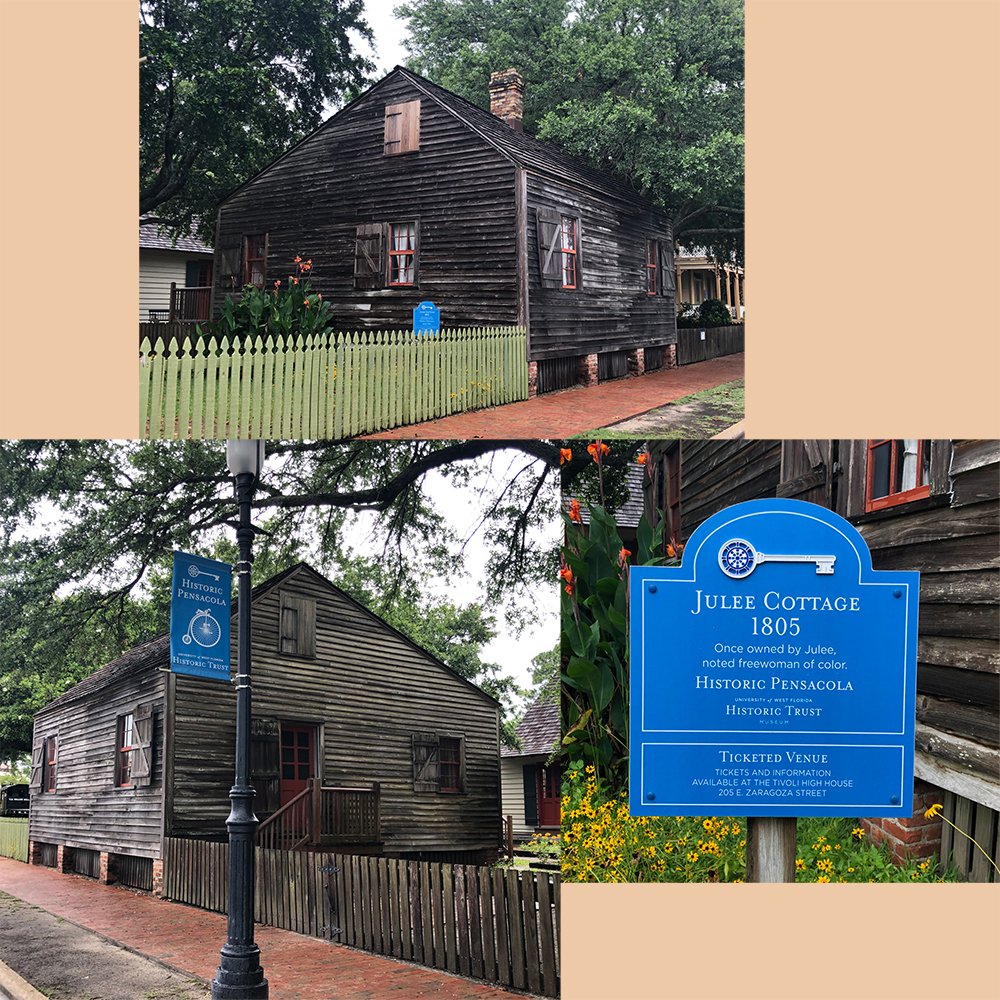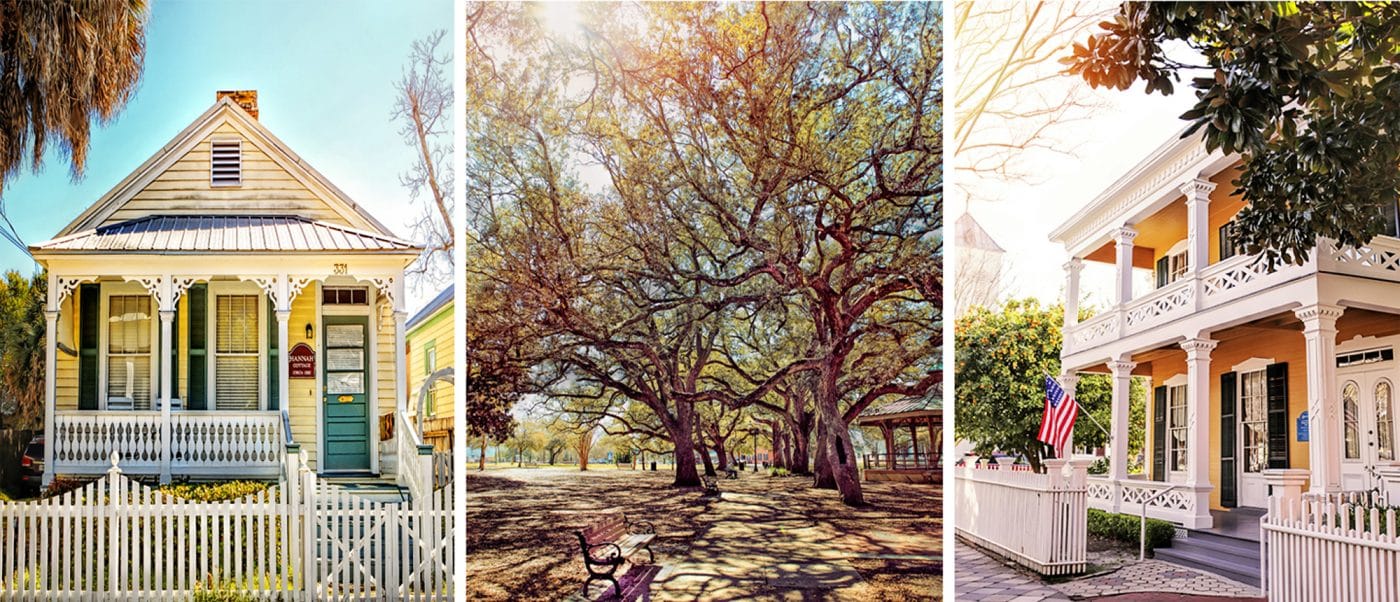I like this picture of Benny and me, even though it’s not really of us, but of our shadows. Any viewer knows that a person and a dog stood in this grassy area at a time when the sun was low and that someone took a picture of the shadows and not the person or the dog. These shadows reach far into the yard, much farther than I could stretch my arms or legs. I now see this photo as a metaphor for the reach our lives have on others, even if we’re not physically in the picture.
Anyone who has lost a loved one knows that the presence of that loved one is felt long after he or she is gone. Time, like distance, may distort the loss, much in the same way that the closest shadows near our feet are over-large, whereas our heads, farther into the yard, are disproportionately smaller. This distortion doesn’t cause the viewer to doubt the existence of a person and a dog blocking the sun. But fortunately, the viewer also doesn’t have to put a monetary value on this loss of sunlight, unlike the experience that I had recently serving on a jury tasked with valuing the loss of a loved one’s “sunshine.”
In September 2018, I was part of a jury that was instructed to determine the dollar amounts to award to the widow and three adult children of a man who had died of lung cancer. In a previous trial, the defendant (Philip Morris) had been found guilty of contributing to the smoker’s death, and the plaintiffs (the family) had been awarded economic damages, those damages for which a dollar amount is more easily determined, like expenses and loss of income. For this follow-up trial, the jury was asked to determine the compensation for the family’s “pain and suffering.” So, our question was the following: what, if anything, should the family receive in damages for the emotional trauma they went through as a result of the death? This question proved to be even more difficult than I might have imagined, and I have some experience at valuing things that are difficult to put a dollar number on.
For twenty-five years, I worked for The Dow Chemical Company in research and development. At the time of my retirement, I was a Sr. Director in charge of Intellectual Capital Management. This group of experienced chemists and engineers worked to advise Dow’s businesses on the value and utilization of intellectual capital, which includes the corporation’s intangible assets: ideas, inventions, and intellectual property, such as patents and trademarks. These assets are not the hard assets, like the bricks and mortar or financial holdings, but they are, as the definition of intangible implies, “not tangible, impalpable, an asset (such as goodwill) that is not corporeal, an abstract quality or attribute” (Merriam-Webster). If “pain and suffering” does not fit in the legal category of economic damages, then it must be considered an intangible, which can certainly have value. So, for the jury, we had to decide the value of this most uneconomic aspect of life, but I think there are parallels to the business world.
For us in the corporate environment, the value of intellectual capital was frequently hard to determine because not only was it usually an anticipated value, a possible future value, but it also was highly context-dependent. For example, an invention may be very valuable to a company that seeks a certain market position, yet not valuable to a company that has no interest in the same market. And in addition, market dynamics are notorious for being unpredictable. I discuss these considerations and others related to the management of intellectual capital in a book chapter published in Cultures of Copyright (Peter Lang, 2015). However, my corporate background did not prepare me for the jury deliberation as much as the intervening two months have, in which I’ve had time to consider the options and what we might have argued.
In this trial, the smoker was a white male, who died of lung cancer at age 42 after a year of illness. He left a wife and three children, ages (if I recall correctly) nine, sixteen, and twenty-one. His death left the family emotionally devastated, and they testified tearfully to the aftermath with its pain and suffering. The jury was told that in the previous trial the family had been awarded economic damages, but we didn’t know how much, nor could we do any background searching. Since we didn’t know how much money the family was awarded in the first trial, we had no idea if they had already received millions of dollars or a thousand dollars. We had to keep in mind that whatever the first settlement was, our decision was a separate issue. What we could know is what their counsel was asking for and what the defendant’s counsel said was a reasonable number. Counsel for the family asked for $1.3 million each for the widow and three children. The Defendant, Philip Morris, said that $50,000 each was a reasonable number. Given the wide disparity in these numbers, the jury had a difficult task, and it was made even more difficult by a similar disparity in the feelings and perceptions of jury members, perspectives that were based on the life experiences of each juror.
Some things we could agree on: the proposed $1.3 million seemed too high possibly because we had no data to justify it; no amount of money was going to bring back the deceased; and the family had, indeed, suffered as a result of the patriarch’s death. Beyond this consensus, our differences in opinion were more intense and more emotional.
The jury consisted of two men and four women. Four jurors felt, at first, that the family should receive nothing. The argument centered around considerations like these: if he had died from heart trouble, for example, the family would have suffered the same pain and suffering yet had no one to sue; money does not bring him back or end the suffering; and he had made a choice to smoke, knowing what the consequences might be. These attitudes came from jurors who had suffered significant personal losses of close family members, were veterans of wars, or were smokers themselves. The unwillingness to make Philip Morris pay for pain and suffering caught me by surprise, and I found the arguments difficult to refute.
I have not lost a close family member to cancer. I haven’t been in the military, and I don’t smoke. I personally could easily understand giving the family some sum that was in between the Plaintiff’s and the Defense’s proposals. Having been in a management role in a large corporation like Philip Morris, I knew how little even $500,000 actually is to such a company, and I could easily imagine how they might have been found contributory to the smoker’s death. But I found my suggestions on how to view why they deserved any compensation didn’t carry much weight.
After a heated deliberation, the best we could agree on was close to the Philip Morris number because even Philip Morris had said that $50,000 each was fair. We awarded the children each $50,000 and the widow $100,000. These numbers seemed like a lot of money to the other juror members, so the award seemed fair to them. I felt that I could live with this decision because $50,000 each might be significant to the family, even though I knew it was a drop in the bucket to Philip Morris. Since this verdict, I’ve had time to consider arguments for why and how much this family might have been awarded, but I’m no lawyer and have no idea which of these arguments could be used in a court of law.
My thought going into the jury deliberation was that we could arrive at a number somewhere between what the Plaintiffs were asking for and what Philip Morris stated was a fair amount. I hoped to agree to about $500,000. A number in this range is one that I could justify based on comparing the widow, for example, to what Philip Morris does for its employees if I considered what she would have cost the company in salary, benefits, and overhead if she had worked for Philip Morris for two years. The smoker suffered for a year battling the lung cancer with the widow caring for him, and then she spent most of another year settling matters after his death, so the situation could be viewed as though she were an employee. If other jurors had thought $500,000 was reasonable, we would have had a short deliberation. There are other ways I could rationalize more money than what we awarded.
Alternatively, we might have considered what the typical employee of Philip Morris might receive in compensation, such as life insurance, in the event of a similar death. The widow would have received some benefits if he had been a Philip Morris employee. What does Philip Morris do for its employee upon an untimely death?
But rather than viewing the family as an extension of Philip Morris employees, we might have taken an approach similar to how companies value something known as “goodwill.” Goodwill is an intangible asset that has value above those assets that can be exchanged, bought, sold, and traded. Goodwill can be defined and calculated in many ways, but a couple of simple ways to view it are the following: 1) for a publicly traded company, goodwill value can be thought of as the market value (stock price times number of outstanding shares) minus the value of the identifiable assets or 2) the purchase price of a company minus the company’s assets that have an identifiable economic value. Applying this view of “goodwill” to the family of the deceased smoker is relevant, but still hard to value.
The smoker had an economic value associated with his death, such as lost income, medical expenses, and funeral expenses, but the loss of his companionship to the widow and parenting to the children are part of his “goodwill” as a member of the family. What was the value of his personal goodwill? No one argues that corporate goodwill exists and is valued. Corporations pay millions and sometimes billions of dollars for goodwill. However, personal goodwill and the loss of it from the smoker’s family is not something Philip Morris and the Plaintiffs agreed on. He had no market value or purchase price from which to subtract his hard assets. But this disparity in valuing intangible assets is typical because the value of the asset is always situation dependent. His life meant something very different to his family than it could ever mean to a large corporation. But these obstacles shouldn’t mean that putting a dollar value on personal goodwill should be impossible.
A study of how corporate goodwill is calculated might shed light on ways that personal goodwill could be argued. For example, the value of Philip Morris’s corporate goodwill could be estimated and compared with its economic assets. Perhaps it’s a number like 50% above its hard assets. So then, what if personal goodwill could be estimated as a percent above the economic assets and other quantifiable numbers? Unfortunately, however, I understand from an attorney that none of these arguments is admissible in a Florida court.
Especially in light of the fact that arguments to justify awarding pain and suffering are not allowable in court, determining the specific value for compensation to a family is never going to be easy. Pain and suffering are not on a family’s balance sheet. But pain and suffering are, however, quite tangible. They may not be a part of economic compensation, but money does alleviate some financial burdens, which also contribute to the pain and suffering. The definition of intangible is “incapable of being perceived by the sense of touch,” but intangibles are capable of being perceived by the heart, and juries should be able to have guidance in determining the value of personal goodwill to award. I wish that the State of Florida would reconsider the law around what is admissible in court.
As jurors, we knew that the lives of the family had been damaged by the loss of the husband and father, even though we never met him, and he was no longer in the picture. The shadow of his presence still stretches out into time in the lives of the family, and maybe, like Benny’s and my shadows, it becomes smaller and distorted, but it is still real nevertheless.





 Moored Study, pastel, 11×14, Doug Dawson
Moored Study, pastel, 11×14, Doug Dawson

 As Pensacolians, we have a lot to be proud of. We have a fascinating, rich, and long-lasting history. The 1559 settlement attempts of Don Tristan de Luna y Arrellano put Pensacola on the map as the oldest attempted settlement in what is now the United States. We are the City of Five Flags. We are the Cradle of Naval Aviation. In addition to our history, we have some of the country’s most beautiful beaches. Indeed, the beaches of Pensacola and surrounding areas are awe-inspiring to locals and tourists alike. But controversy looms…
As Pensacolians, we have a lot to be proud of. We have a fascinating, rich, and long-lasting history. The 1559 settlement attempts of Don Tristan de Luna y Arrellano put Pensacola on the map as the oldest attempted settlement in what is now the United States. We are the City of Five Flags. We are the Cradle of Naval Aviation. In addition to our history, we have some of the country’s most beautiful beaches. Indeed, the beaches of Pensacola and surrounding areas are awe-inspiring to locals and tourists alike. But controversy looms…




